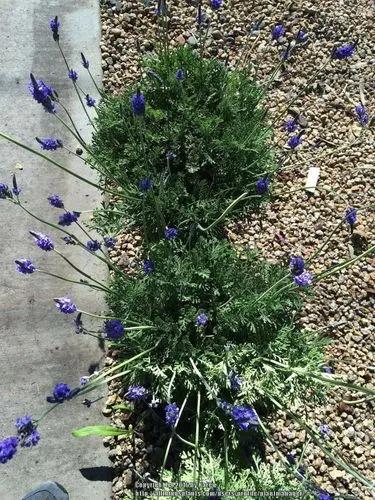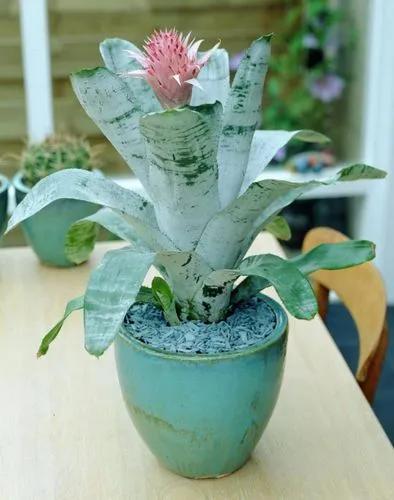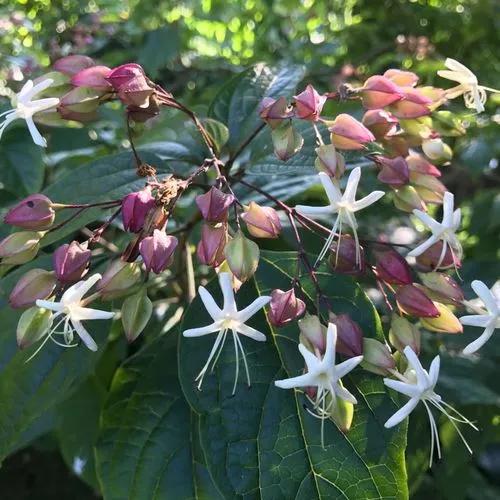Easily grown in average, evenly moist, well-drained soils in part shade to full shade. Prefers rich, moist loams. Intolerant of dry soils, particularly in the early years before its root system becomes well established. Pruning is usually unnecessary. Though native to rich woodland areas in Alabama, Georgia and northern Florida, it is winter hardy throughout USDA Zone 5.Genus name is the Latin name for a kind of oak bearing edible acorns but applied by Linnaeus to this genus. Specific epithet means small flowers. No serious insect or disease problems.
Small-Flowered Horse Chestnut Care
Aesculus Parviflora



Aesculus parviflora. commonly called bottlebrush buckeye, is noted for being one of the best summer-flowering shrubs for shade areas. It is a dense, mounded, suckering, deciduous, multi-stemmed shrub which typically grows 6-12' tall. Features palmate green leaves (5-7 leaflets) and erect, showy, cylindrical panicles (to 12" long) of tubular white flowers with conspicuous red anthers and pinkish filaments. Mid-summer bloom can be spectacular. Flowers give way to glossy inedible, pear-shaped nuts (buckeyes) encased in husks, however these nuts are infrequently produced in cultivation in the northern parts of this shrub's growing range (including St. Louis). Foliage turns yellow in autumn. A very large planting of bottlebrush buckeye can be observed on both sides of the sidewalk leading south from the Climatron at the Missouri Botanical Garden.
How to Care for the Plant

Popularity

135 people already have this plant 33 people have added this plant to their wishlists
Discover more plants with the list below
Popular articles






